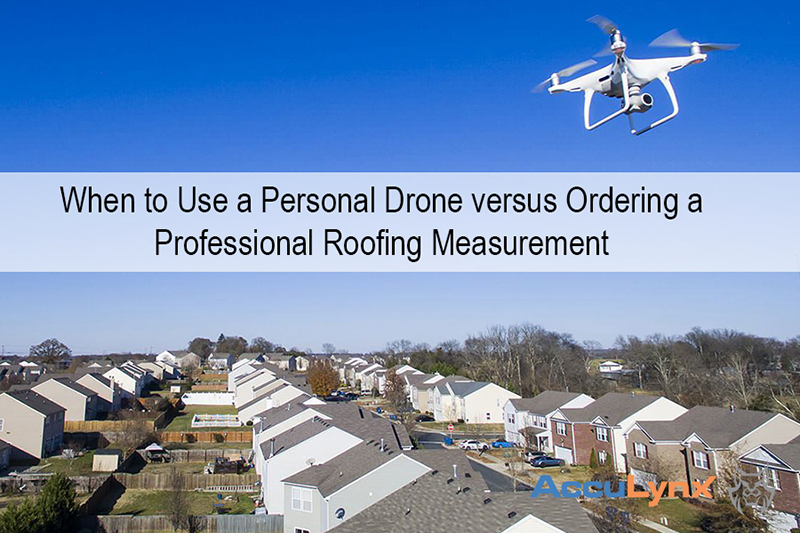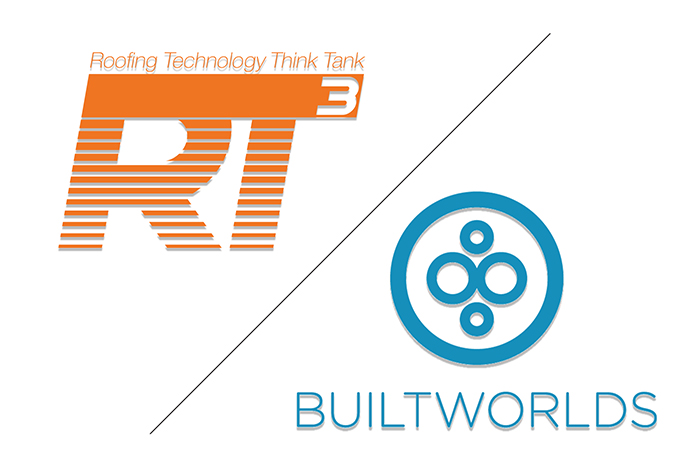
While the insurance restoration process can be confusing and tedious for the homeowner, it can be equally as challenging to navigate as a professional roofer.
A home’s roof is one of the most important parts of a house or building to ensure, as anyone who has suffered damage from a storm or other “act of God” can attest. While the process can be confusing and tedious for the homeowner, it can be equally as challenging to navigate as a professional roofer.
Working as a sort of go-between for the customer and insurance agency, along with all of the necessary paperwork, scheduling and invoicing can be a headache for your office manager or bookkeeper, especially during high-volume times.
AccuLynx has several tools that your office manager can utilize to help streamline this paperwork process that is all part of the platform, minimizing time spent dealing directly with insurance companies on a day to day basis.
Keeping Your Insurance Information Organized, and Available:
When a customer files an insurance claim to cover and help pay for their damages, a lot of paperwork tends to be involved. By filing information such as the Claim Number, Adjuster Name, Contact Info and more into the Job File, everyone has the information readily available, at any time.
But, not all paperwork starts its journey in the office. The AccuLynx Field App supports uploading scanned documents, so your sales team can upload the masses of paperwork that an insurance job entails right from the site, or their truck, without having to go back to the office to scan everything into the system.
Keeping your files organized is only the first step – AccuLynx has specific modules built into the platform that are dedicated to the insurance claim process, including a Supplement Tracker and Mortgage Check Tracker.
Using the AccuLynx Supplement Tracker, your company can create custom statuses that can be used to track the supplement progress. Office Managers can make entries within the Job, and make notes specifically regarding the progress of that supplement. This allows anyone in the company to see what the status is and track the overall progress of all outstanding supplements.
The Mortgage Check Tracker is similar, but it’s designed to let assigned people know the status of checks that are awaiting the mortgage holder to co-sign so that the funds can be released. This allows Sales or Project Managers to keep track of the check status without having to contact the Office.
Building Estimates: Include What Insurance Companies Want
By creating and using the AccuLynx Estimate templates specifically when dealing with an insurance claim, you can ensure that all of your paperwork meets the basic requirements of insurance companies, and your sales teams won’t forget to fill out important fields.
State Farm Insurance suggests that professional roofers estimates include:
- Quantity of materials needed
- Labor charges
- Work specifications
- Approximate starting and completion dates
- Payment procedures
- Building permits secured (if applicable)
- Warranty details – review conditions that would void it.
You can expedite this paperwork by building these templates as SmartDocs in AccuLynx, which allows you to cut back on time filling out forms by automatically populating known fields from your Job Files. Estimates can be included in document packets that can include warranties and permits, all sent to the customer in one electronic bundle, ready for signature. Once the packet is completed, it is returned to your Job File, and your office staff are notified. If there are any changes from the insurance agency, you can add a Change Order directly to the packet and send it back to the customer for approval.
This process expedites the handling of paperwork, keeps your files organized, and keeps the customer in the loop on the progress of their claim.
Include Photo Annotations for Documentation with the Photo App:
Another component of the AccuLynx platform that allows you to provide transparent validation of your Estimates is the Photo Annotation Feature on the AccuLynx Field App.
Using the App, your Adjustor or Field Sales Rep can take photographs of the damage, make annotations to those photos and store them directly in the Job File. Providing specific photos of the damages as part of your Packet can help insurance companies visualize the estimate and correlate that damage with the materials and labor times you quote.
Invoicing Directly from Estimates, Saving Time:
Roofing companies that utilize the Estimate Feature on AccuLynx for insurance claims have an easy and simplified method for invoicing.
Place material orders directly through AccuLynx to trusted suppliers like ABC and Allied Building Products, and set delivery drop schedules. These records are also stored in your Job File, should insurance companies require proof of order and payment on your end, as well as invoices sent to the Customer.
Convert your Estimates to Invoices with all final changes and notes categorized and cataloged already within the Job File with the click of a button. Final Invoices and copies can be emailed directly from AccuLynx without the hassle of printing or scanning, and no double data entry is required by your office staff.
QuickBooks Integration: Give Your Bookkeepers a Break:
AccuLynx has a Quickbooks integration feature that allows your bookkeeping and office staff to input financial data once, and share applicable Job information across the platforms. While your staff can continue to track and manage all company financial data in Quickbooks, Job Cost tracking can be shared with AccuLynx so that Project Managers can see when invoices are scheduled and paid.
This blog first appeared on AccuLynx’s blog and can be viewed here.
AccuLynx is designed to help contractors see their business more clearly and communicate better — there’s nothing to download or install — you just log in and get to work. Learn more at www.acculynx.com









